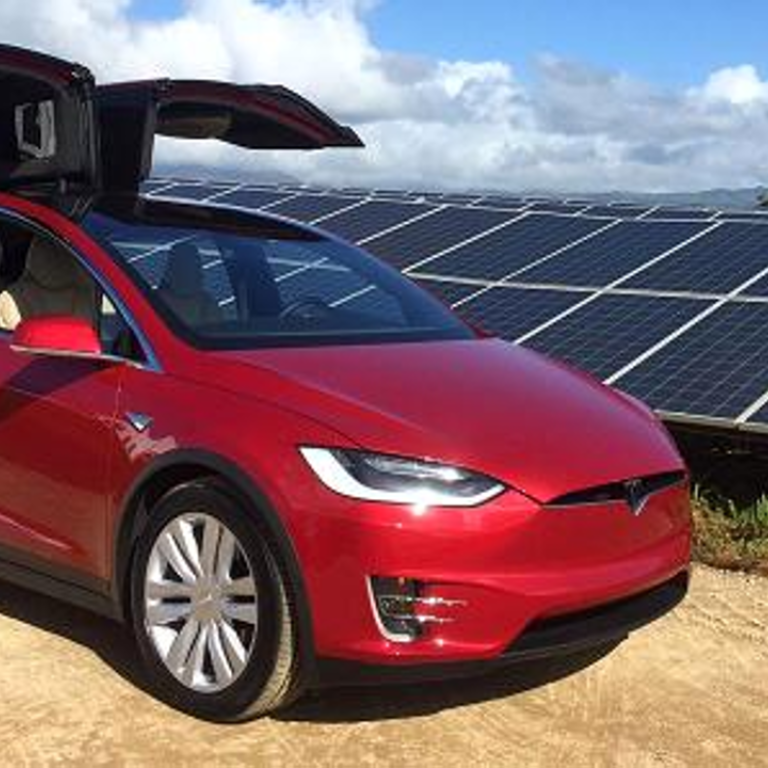
Tesla battery packs power the Hawaiian island of Kauai after dark
Power packs expected to save 1.6 million gallons of diesel fuel a year
While investors on Wall Street debate whether Tesla’s ambitious transformation from electric car maker to sustainable energy company will pay off, its industrial power packs are already having an impact on at least one US state.
In Hawaii, the Kauai Island Utility Cooperative (KIUC) is now drawing energy from 272 Tesla power packs to provide electricity after dark. While the island previously relied on solar and other renewable energy during the day, it had no way to store the sun’s power after it went down.
Using stored energy from Tesla’s power packs is expected to save KIUC 1.6 million gallons of diesel fuel annually, which has traditionally been the way the utility generates power after dark.
Tesla says the power packs will cut KIUC costs per kilowatt hour from 15.5 cents down to 13.9 cents. The 13.9 cents is a fixed price for the next 20 years.
For Kauai, the chance to cut the use and fluctuating costs of diesel fuel is what makes Tesla’s energy storage system so attractive. Yet for Wall Street analysts, it isn’t enough to convince them that the Tesla’s energy initiatives will be enough to move the needle.
“At this time, we ascribe zero value to Tesla shares from this business,” Morgan Stanley analyst Adam Jonas told investors. “We take this view due to the uncertain economic and regulatory forces facing the energy business, particularly the solar business.”
Tesla Chief Technical Officer JB Straubel attributed analyst scepticism to the fact that solar and energy storage form a new market.
“I think it is a little difficult to see into the future sometimes and see how it is going to grow,” Straubel told CNBC. “There are no immediate comparables that they can look to in the past and show how this growth happened.”
But, he added, “the size of the utility grid and the electricity consumed around the world is enormous. That is the market that we are tapping into here.”
Straubel also expects the economics of renewable energy to become increasingly favourable over those of fossil fuels.
“The energy markets are obviously volatile,” he said. “They will continue to be volatile, and these technologies are coming down in price every single year. So we don’t see this changing and the long-term trend is going to be the same.”
Shareholders approved a merger between Tesla and SolarCity in November, with Tesla scooping up Elon Musk’s solar energy firm for US$2.6 billion. But while the company’s revenue has grown rapidly over the years, high costs have kept it from earning a profit in all but two quarters.
SolarCity plays a major role in the company’s Kauai project. There are nearly 55,000 solar panels spread over 50 acres generating electricity that is stored in the power packs and discharged to KIUC after the sun goes down.
“As a state, we know how to generate power,” Hawaii Gov. David Ige told CNBC. “For us, the challenge has been storing that power to use at night. Now we can do that.”
—CNBC’s Robert Ferris contributed to this report.

